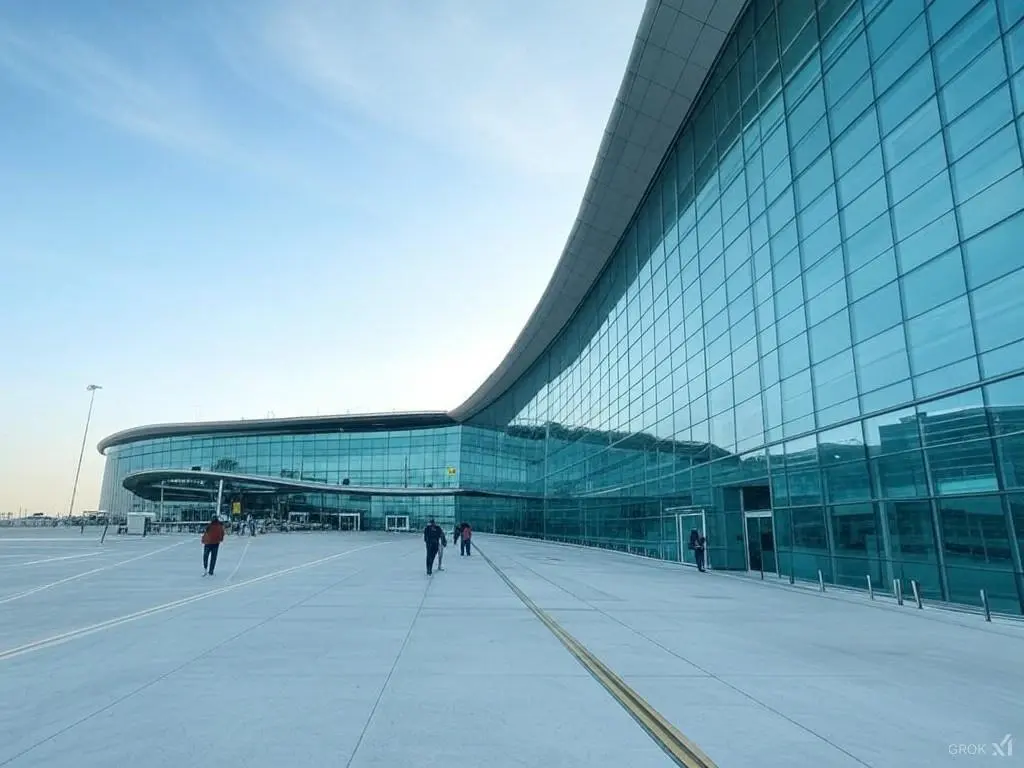The Noida International Airport (NIA) is set to become a transformative infrastructure project in North India. With its official launch scheduled for April 2025, the airport aims to redefine air travel affordability, efficiency, and sustainability. Operated by Yamuna International Airport Private Limited (YIAPL), NIA is poised to play a crucial role in reducing the load on Delhi’s Indira Gandhi International Airport (IGI) while improving regional connectivity and enhancing passenger experience.
✈️ Ticket Booking and Digital Infrastructure
Preparations for ticket booking services are already underway at Noida International Airport. YIAPL has submitted its flight schedule proposal to the Directorate General of Civil Aviation (DGCA). Passengers will soon be able to book flights online through dedicated platforms and digital booking systems, ensuring seamless reservations. Additionally, the airport will feature advanced data management systems to handle bookings and passenger movement efficiently.
💸 Affordable Flights: A Major Attraction
One of the standout features of Noida International Airport is its focus on affordable air travel. The airport is expected to offer cheaper flight tickets compared to Delhi IGI Airport. This affordability is largely driven by:
- Lower VAT on Aviation Fuel: Airlines will pay 25% less VAT on aviation fuel compared to IGI Airport.
- Cost-Effective Operations: Reduced operational expenses will allow airlines to offer more competitive ticket prices.
For budget-conscious travelers, NIA promises to be a cost-effective gateway for both domestic and international flights.
🛬 Expansion Plans: Six Runways by 2050
The airport’s long-term vision includes massive expansion plans:
- Phase 1 (2025): Initial capacity to handle 1.2 crore passengers annually.
- Phase 2 (by 2050): Infrastructure expansion to accommodate 12 crore passengers annually.
- Runway Development: The airport plans to have six fully operational runways by 2050, making it one of the largest airports in the world.
The focus on scalable infrastructure ensures that the airport can meet growing aviation demands for decades to come.





